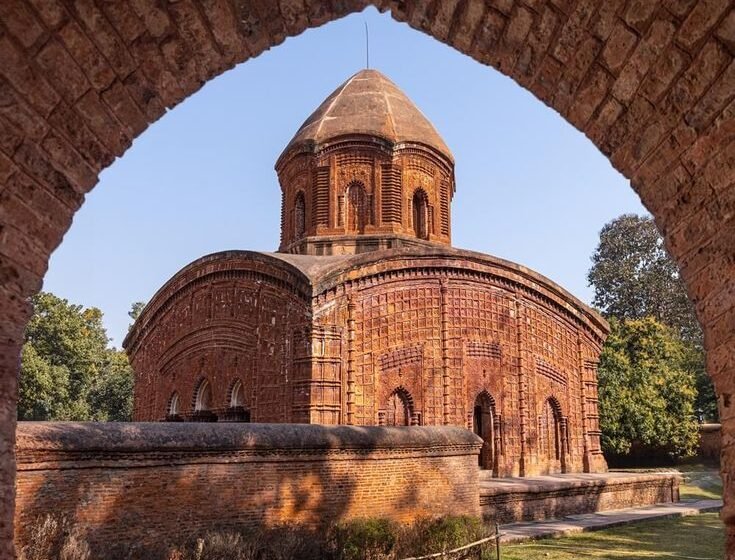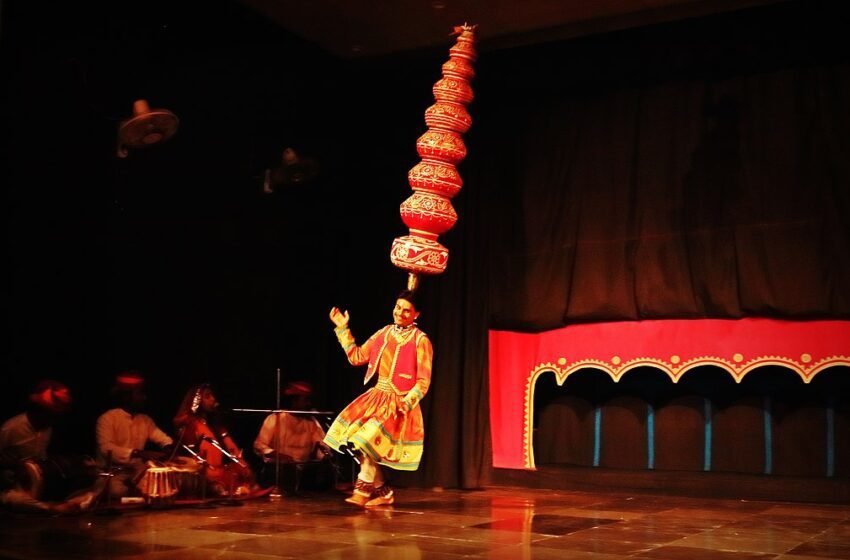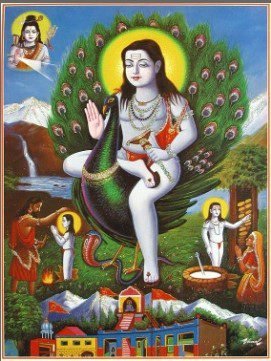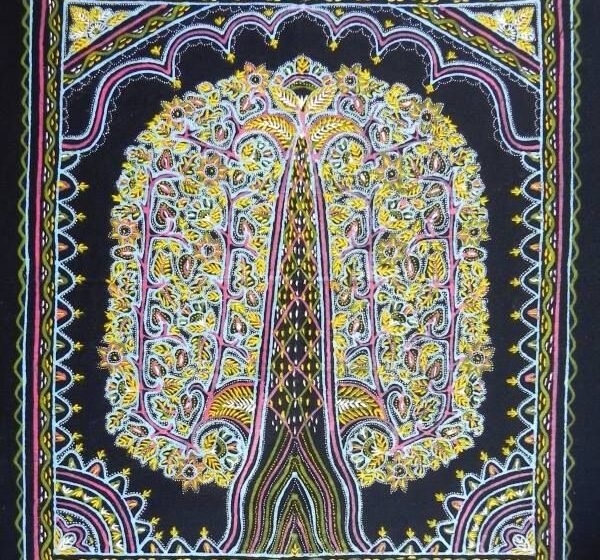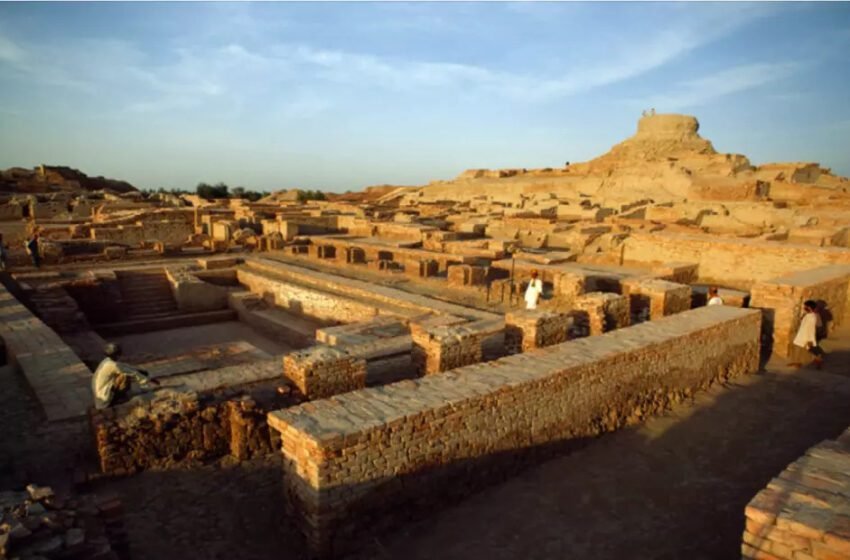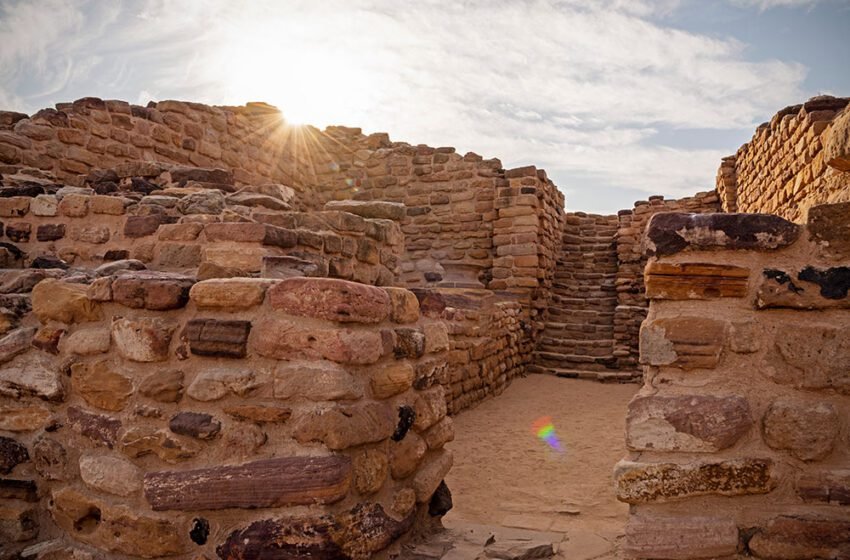-Mili Joshi When we imagine temples in India, we often picture towering stone spires, intricate marble carvings, or grand granite halls echoing with chants. But far from the famous sandstone forts and marble mausoleums lies an earthy, humble medium that has silently preserved centuries of stories — terracotta. Especially in the floodplains of Bengal and […]Read More
Tags : Gujarat
Mata ni Pachedi is a unique and ancient form of sacred cloth painting originating from Gujarat, India. Literally meaning “behind the Mother Goddess,” this traditional art form serves as a portable shrine for devotees who do not have access to temples. Created primarily by the Vaghari community, these hand-painted textiles are deeply intertwined with the […]Read More
Bhavai is one of the most thrilling and visually mesmerizing folk dances of India, performed primarily in the states of Rajasthan and Gujarat. This dance form is a perfect blend of artistry, skill, and cultural expression, featuring female performers balancing multiple earthen pots or brass pitchers on their heads while gracefully dancing on glass, the […]Read More
Baba Balak Nath: The Divine Shepherd of Himachal’s Spiritual Landscape
Baba Balak Nath is the divine shepherd on the spiritual canvas in Himachal Pradesh, where a harmonious marriage of nature’s beauty occurs with spirituality. Baba Balak Nath stands for faith and devotion, crowned with wonderment through the ages. The temple at Deotsidh in the Hamirpur district is a light for devotees representing the rich spiritual […]Read More
The Charani Gatha is an old system of informal human performance, an oral history and poetry of the Charan community of Gujarat and Rajasthan. These poetic songs are love songs, war songs, and other songs with stories of courage, gods and cultural history tied to them. Originally, the Charani Gatha was as much a living […]Read More
The cultural history of Gujarat has borne witness to the multitude of creativity that has existed here for centuries. Having been the home to a lot of traditional art style, one that often gets missed out on when connecting India’s art history and Gujarat is the rogan style of painting. Rogan art, a method of […]Read More
Narmada River is termed the “Lifeline of Madhya Pradesh.” It is very significant culturally, historically, and even spiritually for Indians. The river passes through the heart of the country and symbolizes than a geographical feature: it symbolizes a river people love and about which myths and legends are woven, religious rituals have been based, and […]Read More
The Saraswati River is one of the most important and sacred features in Indian mythology, history, and culture. It has always been written as a mighty river of the Vedic period. Though it’s no longer there in its physical form, ancient scriptures talk of it as a vital channel that flowed between civilizations. Saraswati has […]Read More
Surkotada Speaks: Unearthed Relics from the Cradle of Civilization
Surkotada is one of the lesser known but important archaeological sites of the Indus Valley Civilization. Located in the Kutch region of the Indian state of Gujarat, Surkotada is important for understanding both the urban and rural aspects of this ancient culture. Discovered by the Archaeological Survey of India (ASI) in 1964, this site has […]Read More
One of the most well-known sites of the Indus Valley Civilization, Dholavira, provides an intriguing look into the history, trade, and architectural brilliance of ancient India. Present in the current day Gujarat this place provides us with an opportunity to look into the immaculate town that it. It brings forth the smartness and adaptability of […]Read More
